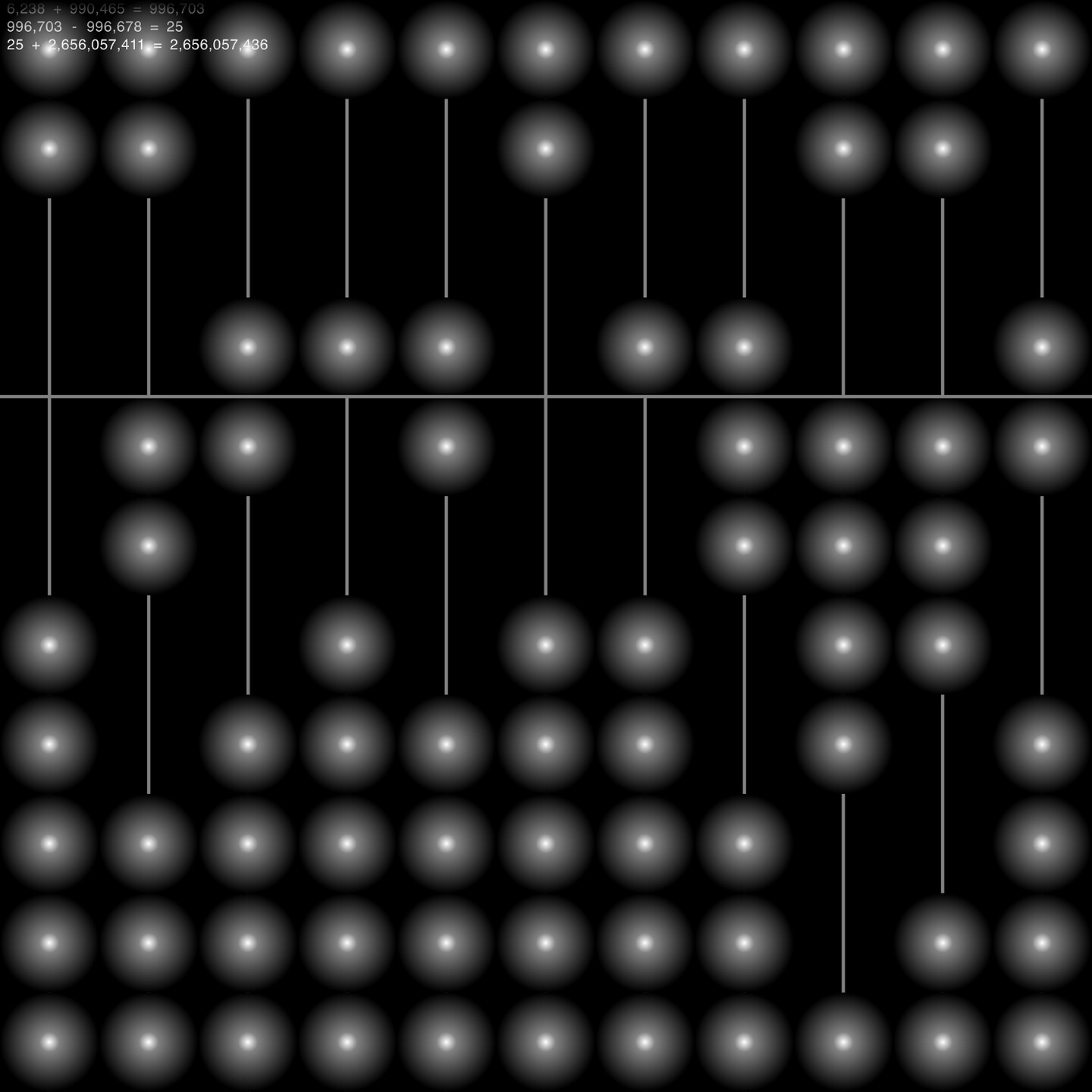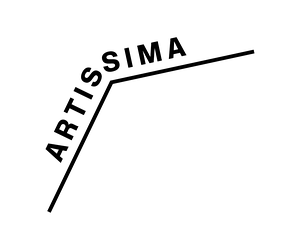March 9, 2022
Corso Castelfidardo, 22
10138 Turin
Italy
Damon Zucconi, represented by VEDA gallery based in Florence, is the winner of the fourth edition of the OGR Award organised by Artissima and Fondazione per l’Arte Moderna e Contemporanea CRT.
The winner was selected from a group of five artists, chosen by an international committee during the latest iteration of Artissima, whom of which received a grant for the production of digital artworks to be registered on blockchain by means of a Non-Fungible Token.
The five artists—Darren Bader, Franco Noero, Turin / Claudia Comte, König, Berlin / Matteo Nasini, Clima, Milan / Sarah Ortmeyer, Dvir, Brussels and Tel Aviv / Damon Zucconi, VEDA, Florence—then each submitted an NFT work on a digital platform coordinated by Artshell, with the possibility of being selected for the OGR Award.
The prize was assigned by an international jury composed of Carolyn Christov-Bakargiev, director of Castello di Rivoli Museo d’Arte Contemporanea in Rivoli, Daniel Birnbaum, artistic director of Acute Art in London, Hans Ulrich Obrist, artistic director of Serpentine Galleries in London, Senior Advisor of LUMA in Arles and Senior Artistic Advisor of The Shed in New York, Samuele Piazza, senior curator of OGR Torino, with the following statement:
“The jury unanimously awards Damon Zucconi, represented by VEDA gallery in Florence, for the way his NFT evokes the history of calculation through the abacus, a physical object here transformed into something immaterial, bringing to mind our world made of bits and lines of code. There is something surreal in this work, since it brings together the early abacus which you see with your eyes and the capacity of the digital to calculate high numbers, thus highlighting the different ways in which we attribute value to numbers. In Counting Frame Zucconi uses the abacus as a way of anchoring the contemporary possibility of visual production and distribution to ancient techniques and tools. The abacus becomes hypnotic, mesmerising, capturing the attention in an infinite loop.”
The winning NFT Counting Frame (2022) by Damon Zucconi will be acquired by Fondazione per l’Arte Moderna e Contemporanea CRT to add to its collection. After having always been focused on traditional artworks, this is the first time the collection acquires an NFT artwork.
The jury also assigned an honourable mention to Matteo Nasini, represented by Clima gallery in Milan, with the following statement: “The artist is a master of the digital craft of rendering, which transforms a high resolution and apparently tiny image into something that allows you to experience the universe, making Nasini a ‘world builder’.”
Thanks to the support of Fondazione per l’Arte Moderna e Contemporanea CRT, a key component of Fondazione CRT, and in collaboration with the technical partners Artshell and LCA Studio Legale, professionals highly specialised—respectively—in digital technologies and the legal issues connected with NFTs, Artissima has offered the five selected artists the possibility of producing an NFT blockchain-registered work and showing it on a special platform developed for the occasion by Artshell, without the obligation to sell the artwork through the normal process of exchange of cryptocurrency. Fondazione per l’Arte Contemporanea CRT provided a budget of 8,000 euros for the production of each work and will also acquire the awarded artwork.
This year the OGR Award has been in dialogue with the project Surfing NFT, a new initiative of the platform Beyond Production in which Artissima and Fondazione per l’Arte Moderna e Contemporanea CRT engage in reflections on the most innovative trends in contemporary art. The focus for 2021 was the phenomenon of NFTs.
Surfing NFT has three innovative strong points: it has been developed in a specialised context, concentrating on the quality of the work rather than its commercial value; it also involves private galleries, and relies on their role as mediators; and it devotes particular attention to the theme of eco-sustainability, through Polygon, a platform that uses a sustainable blockchain model in terms of energy savings. Polygon is the platform with best performance among those using POS (Proof of Stake) technology, which consumes 0.1% of the energy required for Ethereum and other POW (Proof of Work) cryptocurrencies.


